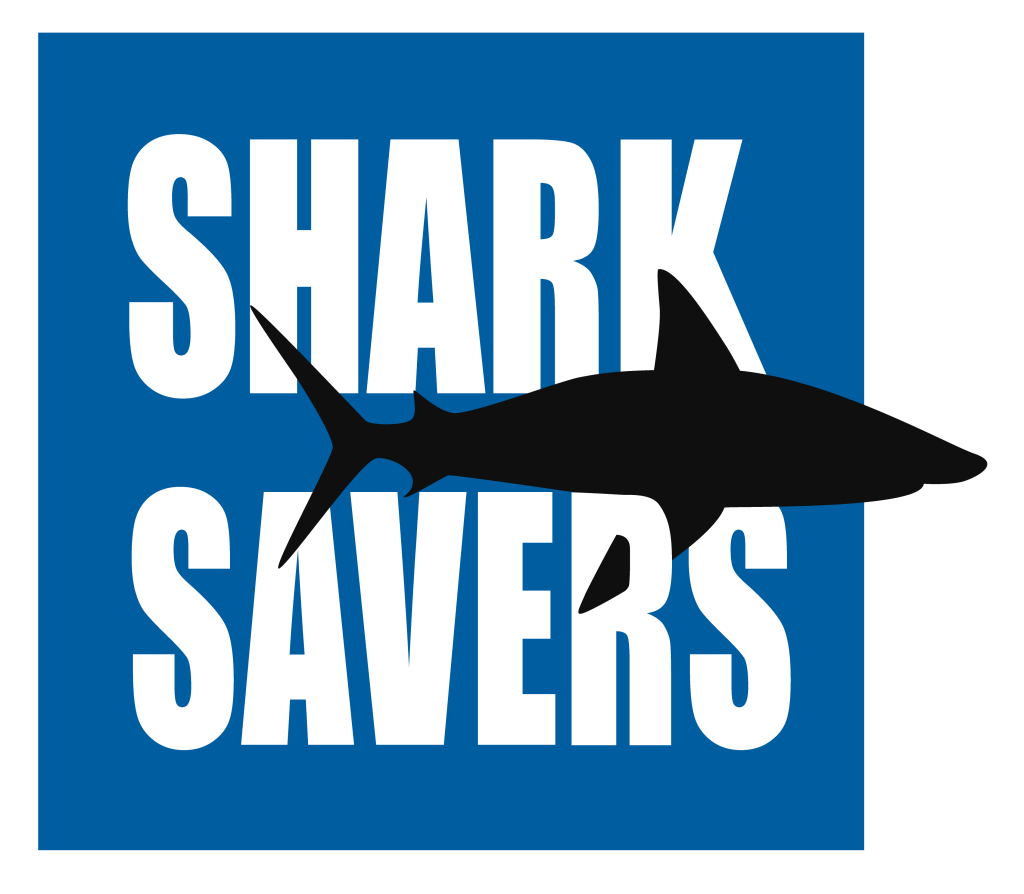Continuing on with my the promise from my last post about the magnificence land/islands of the Galapagos, this post is all about the sea… well, mostly, I have to add in some geology of course 😉
But alas, the sea; “once it casts its spell, holds one in its net of wonder forever”
as the famous ocean explorer Jacques Cousteau once said.
This is as true today as it was back then, and the oceans encompassing the Galapagos and Cousteau all have to do with the continuation of my trip with my sister to the Galapagos with Contiki. As I mentioned before, this was my first ‘group’ travel experience, and I just happened to be on an extra special Contiki tour as they recently opened up trips to the Galapagos.

Contiki had a special guest for our trip, Mr. Jacques Cousteau’s granddaughter, Mrs Celine Cousteau, who is an extraordinary woman herself and lives up to the Cousteau name by conservation film-making about the oceans. Thus, as she joined us on one sunny Galapagos day, we headed to the famous Kicker Rock, off of San Cristobol island, and went scuba diving & snorkeling with some fish, sea lions… oh and sharks.
Yes, these creatures have a bad reputation, but are actually very majestic, beautiful, and from what I think, just like big fish. So in honour of this unique experience, I’m going to write about the sharks in the Galapagos ocean, in particular, around the stunning Kicker Rock, which is a neat geological landmark and home to schools of transiting sharks.
“Tuff” sharks
Kicker Rock (see its boot shape??) is a great example of the volcanic history of the Galapagos Islands. It is what’s known as a ‘welded tuff’, which is a rock type produced from volcanic activity. When a volcano erupts it emits all sorts of particle sizes, from giant bomb to small ash. These are called volcanic clasts or ‘pyroclasts’. A tuff is a pyroclastic deposit, which is a certain rock type that is made of the smaller, mostly ash-sized, volcanic clasts (McPhie et al 1993).

Since Kicker Rock is a ‘welded tuff’ it means that the certain eruption that produced these pyroclasts occurred at a high enough temperature and pressure to overtime ‘weld’ the pyroclasts together, thus producing a ‘welded tuff’ rock formation that has been eroded over time by the encompassing sea.
Focusing back to the sea, Kicker Rock is host to an amazing schooling ground for young sharks, as well as eagle rays and sea turtles. With approximately 33 different species of sharks in the Galapagos, these prehistoric swimmers (sharks have been around for over 450 million years!) make for quite the brilliant contrast to the endemic, every evolving land life.
As well as being joined by Mrs Celine Cousteau, we were also treated to exposure of the Shark Savers program (a non-profit citizen science program in partnership with Contiki). It is very similar and anyone who snorkels or scuba dives can do this form of ‘citizen science’. What we did (and what you can do) is for every dive we counted the sharks and make careful observations on what type they are and what they are doing (feeding, schooling, etc.). This information is invaluable in the aid of tracking and hopefully conserving the increasingly endangered shark populations.

The oceans cover ~71% of the Earth’s surface, yet we know less about what lies below than we do about the Moon. And at the same time, over fishing and abundant human waste are hurting these bodies of water. Even though sharks themselves have been roaming the ocean for over 450 million years and survived all five major mass extinction in the history of earth, it doesn’t make them immune. That is why we all must be cautious, and people like Celine and programs like Shark Savers are vital, in keeping these “perfect predators” protected from the true predators out there.

Final thoughts
The Galapagos Islands are as spectacular above as they are below water. They are truly a rare anomaly to still allow visitors to interact and observe such diverse creatures that have evolved without fear of human predators. As it enthralled Darwin in 1835, it definitely captivated my wonder and I hope that it stays this way for future travellers and scientists to come. I thoroughly enjoyed my time with Contiki and my sister (check out her video of our tour together) and would recommend their tour to any curious souls out there wanting to experience the uniqueness of the Galapagos and get the most, in an environmentally friendly way, out of these famous islands.
-Stephanie
Thanks for reading! Please subscribe for more posts via email, and/or leave a comment, share this post, or follow me on Twitter (@stephsykora) or Instagram (@stephaniesykora)

















Great reading your blog posst